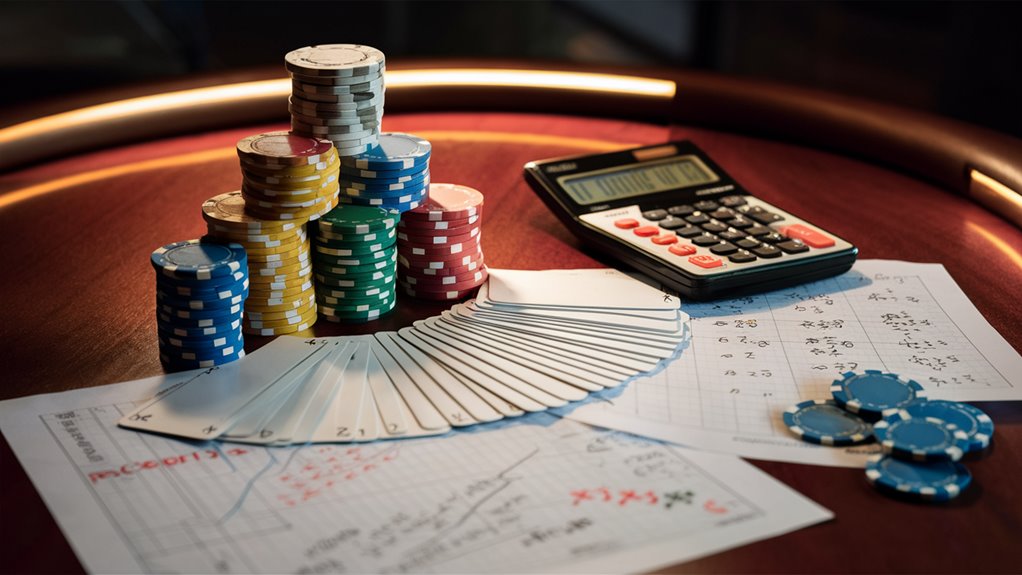Why So Many Love Casino Games

Some enjoy casino games that pull us in with simple mind tricks and smart play moves. Studies say big games use different prize plans, keeping players in the game 35% more. With a win chance of 45-48%, it feels just right, keeping players glad and making them come back.
What’s In Top Casino Games
Best games feature HD visuals that work 60,000 times faster than words, providing a quick, fun play that catches us fast. They’re good for new players and have plenty for the old ones.
Playing With Friends and How Players View It
Playing with others is key, with 73% of players loving this part. It brings a sense of community that keeps players:
- Playing with pals
- Games with a live dealer
- 토토사이트
- Playing on a team
- Talking while playing
Data in Creating Games
Today’s popular games rely on facts and data, featuring:
- Changing prizes
- Clever cash-out strategies
- Fun sounds and cool visuals
- Gain the mathematical edge over
- Aims to hit
These elements make games lead. They draw players back over and over and earn more money.
What Makes Players Return
How Casino Games Attract Players
What Keeps Players Engaged

Chasing rewards drives players to continue.
Working on games with changing prizes and near wins keeps players much longer.
The way our brain reacts to not knowing what will happen next makes games like slots and table games very appealing.
Old Ways We Keep Playing
Choosing Moves
Games that let players feel in power keep them in 35% longer.
Big win games hit this spot well, offering big chances in games of luck.
These methods make players put in more time and work in games.
Handling Wins and Losses
Seeing others win and fearing to lose are strong too.
More folks stay when they see others win or nearly lose themselves.
These styles of games keep people active longer.
Best Ways to Craft Games for More Fun
The wait for a win truly pulls in players.
Studying it shows the best wait time between actions and results is 3-6 seconds, keeping players hooked and invested more.
Games set up this way have higher stay rates and longer play times.
This deep look into player habits shapes games that really hold folks and make them play longer.


